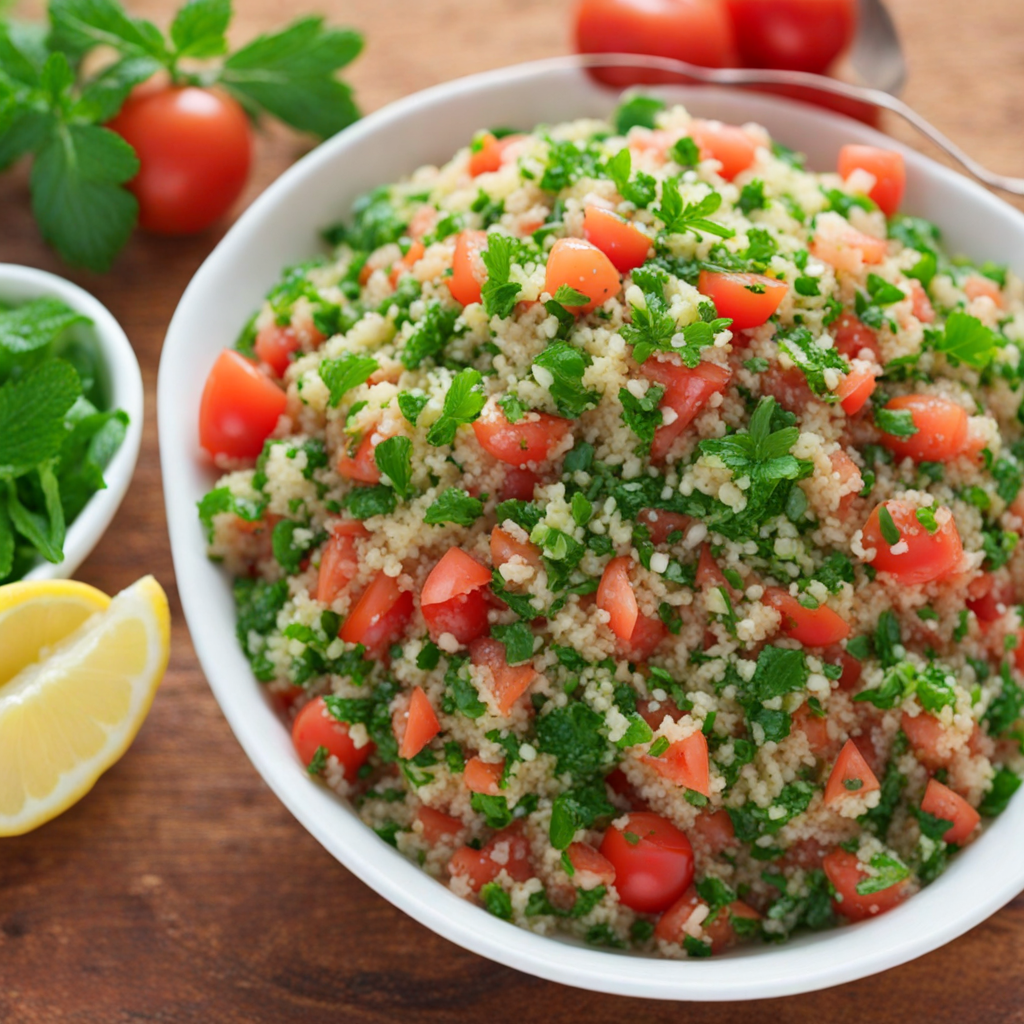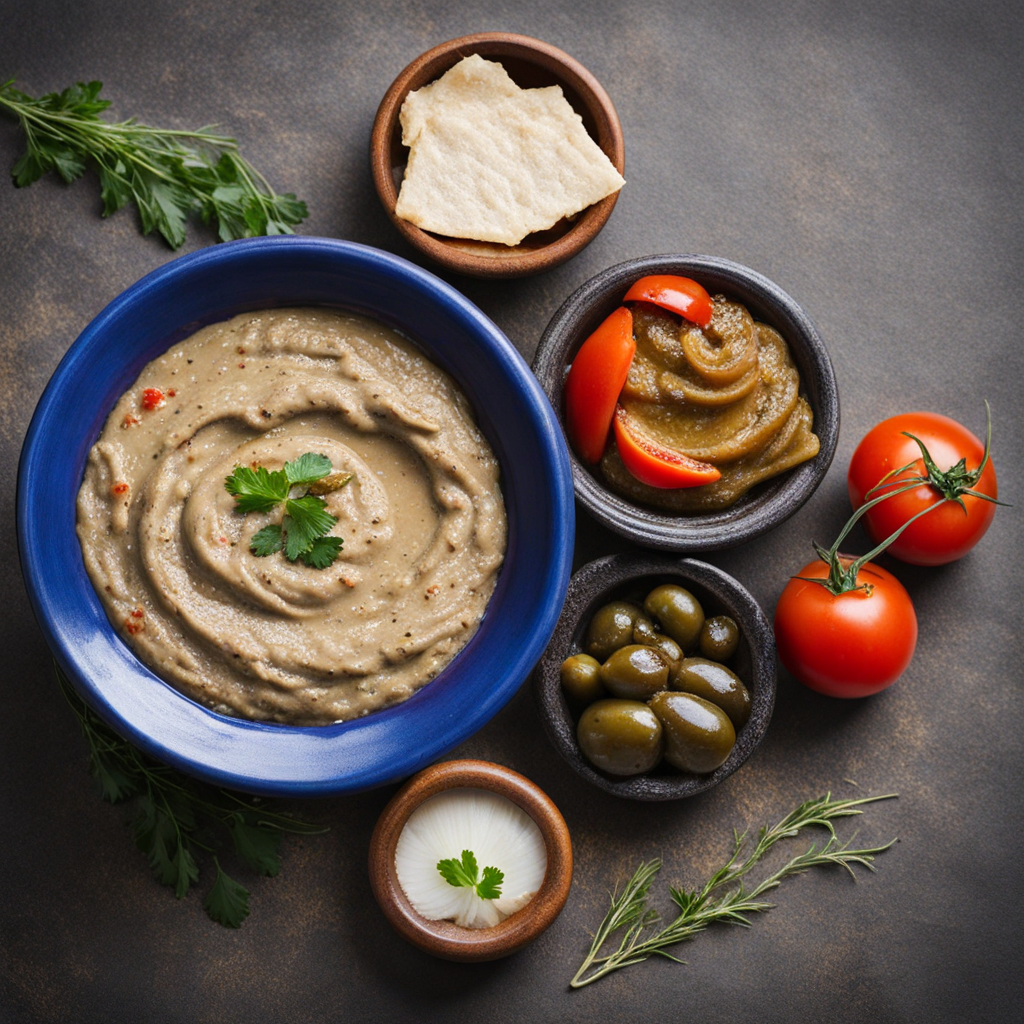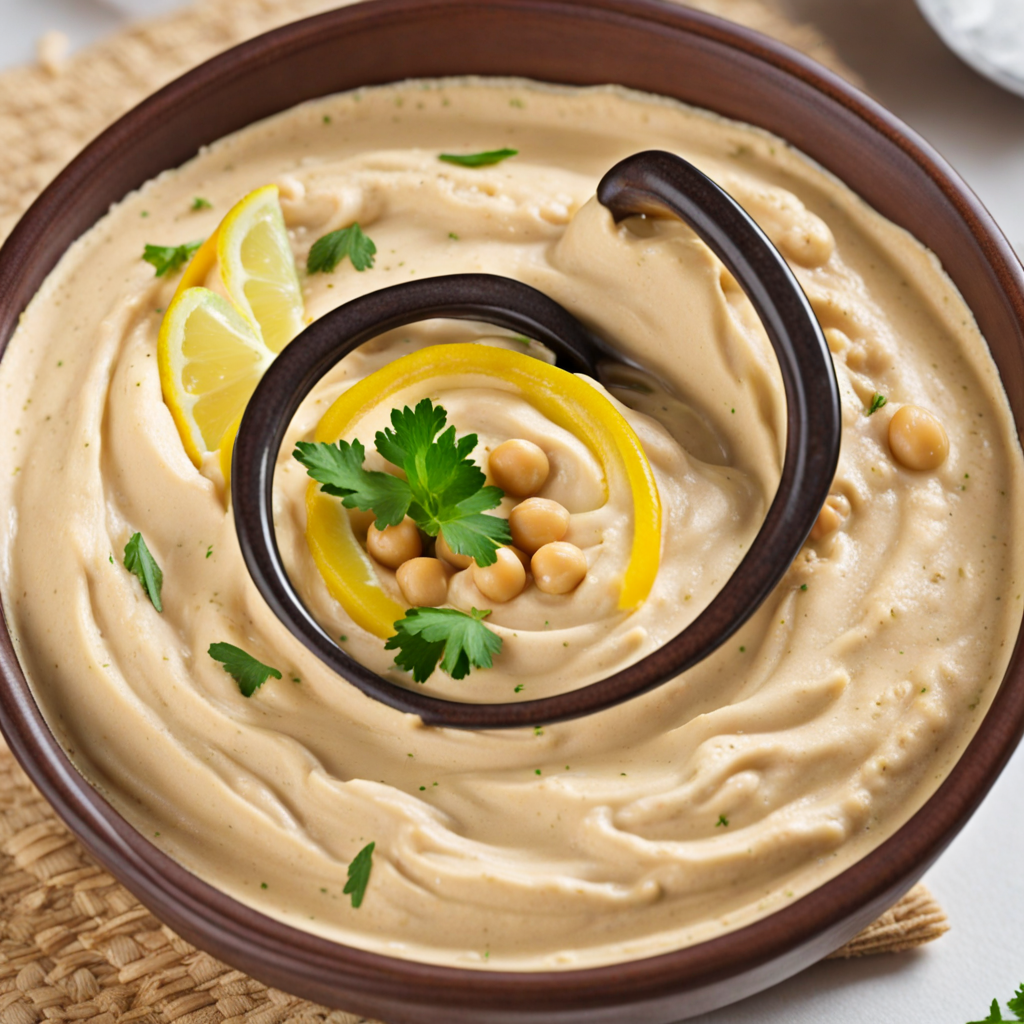Rice Pudding
رز بحليب, or rice pudding, is a beloved traditional dessert in Lebanon and across the Arab world. This creamy, sweet dish has a rich history that traces back to ancient civilizations, with references found in various cultures, including the Greeks, Persians, and Egyptians. In Lebanon, it is often served during festive occasions, family gatherings, and as a comforting treat on ordinary days, embodying the warmth of home and the spirit of hospitality. The flavor profile of رز بحليب is a delightful balance of sweetness and subtle spices. The base is creamy and rich, thanks to the combination of rice, milk, and sugar, which creates a luscious texture that melts in the mouth. The addition of flavors such as rose water, orange blossom, or cinnamon infuses the dish with fragrant notes, elevating it beyond a simple pudding. The texture is typically smooth, with the rice providing a slight chewiness that contrasts beautifully with the velvety milk. The dessert is often garnished with crushed pistachios, almonds, or a sprinkle of cinnamon, adding a crunchy texture and a nutty flavor that complements the sweetness. The preparation of رز بحليب is relatively straightforward, though it requires patience to achieve the perfect consistency. The main ingredient, rice, is usually soaked beforehand to ensure it cooks evenly. Short-grain rice, such as Arborio or a similar variety, is preferred for its ability to absorb liquid and create a creamy texture. The rice is simmered slowly in a mixture of milk and
How It Became This Dish
Origin of رز بحليب رز بحليب, known in English as rice pudding, is a traditional dessert that has roots deeply embedded in the culinary history of the Middle East, particularly in Lebanon. The dish is believed to have originated during the ancient times of the Islamic Golden Age, around the 8th to 13th centuries, when culinary techniques and flavors were exchanged and refined across the Arab world. It is said that rice was introduced to the region from Southeast Asia, and the combination of rice with milk likely emerged as a means of utilizing available ingredients to create something indulgent yet comforting. The name "رز بحليب" translates directly to "rice in milk," which succinctly describes its primary components. The simplicity of the ingredients—rice, milk, sugar, and sometimes flavored with rosewater or orange blossom—reflects the resourcefulness of the people in the region. It was common for families to prepare this dish from leftover rice, thus minimizing waste and maximizing flavor. Cultural Significance In Lebanon, رز بحليب is more than just a dessert; it is a symbol of family gatherings and celebrations. This dish often graces the tables during special occasions such as weddings, religious festivities, and family reunions. The process of making رز بحليب often involves multiple generations, with grandmothers passing down their secret recipes and techniques to younger family members. This practice not only preserves the recipe but also strengthens family bonds and cultural identity. The dessert is also associated with hospitality in Lebanese culture. It is customary to serve رز بحليب to guests as a sign of welcome and generosity. Its creamy texture and sweet flavor make it a favorite among both children and adults, transcending age barriers and appealing to a wide range of palates. The act of sharing this dish fosters a sense of community and togetherness, reinforcing social ties within families and neighborhoods. Ingredients and Variations While the basic components of رز بحليب remain consistent—rice, milk, and sugar—there are numerous variations that reflect regional preferences and available ingredients. Some recipes incorporate different types of rice, such as short-grain or jasmine, which can affect the texture and flavor. Additionally, spices like cinnamon and cardamom may be added for an aromatic twist, while others might include nuts such as almonds or pistachios for added crunch and visual appeal. In Lebanon, it is common to flavor the pudding with rosewater or orange blossom water, lending floral notes that enhance the overall experience. Toppings can vary widely, with some opting for a dusting of ground cinnamon, while others might drizzle honey or sprinkle crushed nuts. These enhancements not only elevate the dish's presentation but also reflect the personal touch of the individual preparing it. Development Over Time As the world evolved, so too did the recipes for رز بحليب. During the Ottoman Empire, the dessert spread across various regions, adapting to local tastes and ingredients. In Turkish cuisine, for instance, a similar dish called "sütlaç" emerged, showcasing the influence of cultural exchange. This adaptation process highlights the fluidity of culinary traditions and the ability of a dish to evolve while maintaining its core essence. The introduction of globalization and modern culinary techniques in the 20th century further transformed the landscape of traditional foods, including رز بحليب. With the rise of international cuisine and fusion cooking, chefs began experimenting with flavors and presentations. Contemporary variations may include the incorporation of chocolate or fruit purees, demonstrating how traditional dishes can be reimagined while still honoring their heritage. Lebanon’s diaspora has also played a significant role in the evolution of رز بحليب. As Lebanese communities settled in different parts of the world, they carried their culinary traditions with them. In places like the United States, Canada, and Australia, restaurants and home cooks have adapted the dish to suit local tastes, while still preserving the fundamental aspects of the original recipe. This adaptability has helped maintain the relevance of رز بحليب in a constantly changing culinary landscape. Modern-Day Interpretations Today, رز بحليب is often featured in both traditional and modern Lebanese restaurants, showcasing the dish’s versatility. Chefs may present it in individual servings, garnished with an artistic flair, appealing to contemporary diners who appreciate both aesthetics and flavor. The dish has also found its way into dessert menus across the globe, as Middle Eastern cuisine gains popularity in various culinary scenes. Social media has played a significant role in the resurgence of traditional foods like رز بحليب. Food bloggers and influencers showcase their versions of the dessert, often experimenting with creative twists that reflect current food trends. This digital platform has renewed interest in home cooking, encouraging younger generations to explore their culinary heritage and share it with their own families. Furthermore, the popularity of Lebanese cuisine as a whole has sparked a renewed interest in traditional desserts, including رز بحليب. As more people become aware of the rich flavors and textures of Middle Eastern sweets, this classic dish continues to find its place in both everyday meals and special occasions. Conclusion The journey of رز بحليب from its ancient origins to its modern-day interpretations illustrates the enduring appeal of traditional foods. With its rich history, cultural significance, and ability to adapt over time, رز بحليب remains a beloved dessert in Lebanon and among Lebanese communities worldwide. Whether enjoyed at a family gathering or presented in a contemporary restaurant, this dish continues to bring people together, celebrating the flavors and traditions of Lebanese culture. The story of رز بحليب is a testament to the power of food as a vessel for heritage, community, and connection.
You may like
Discover local flavors from Lebanon







